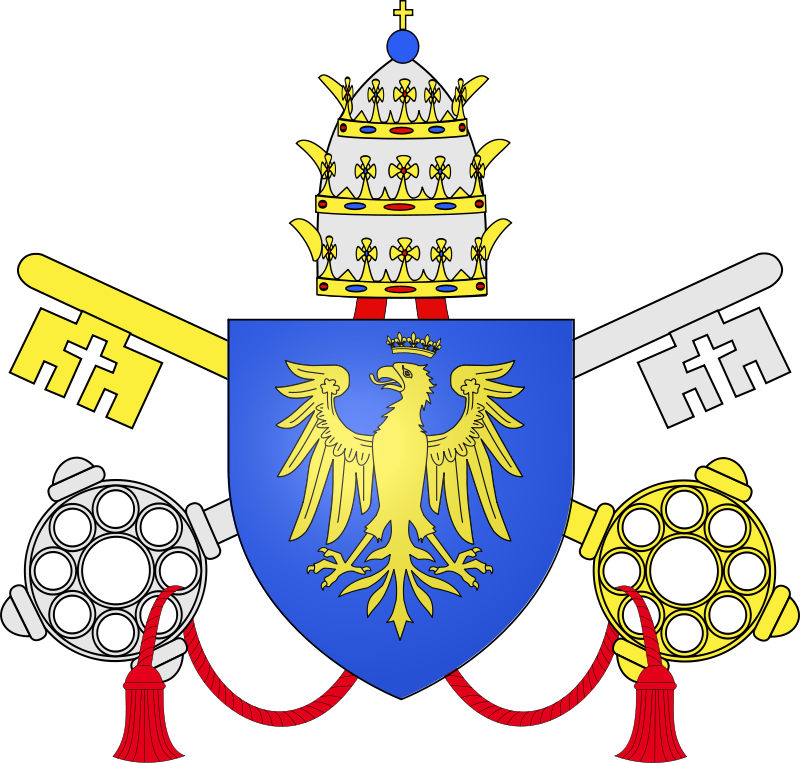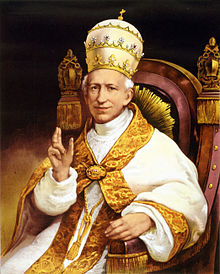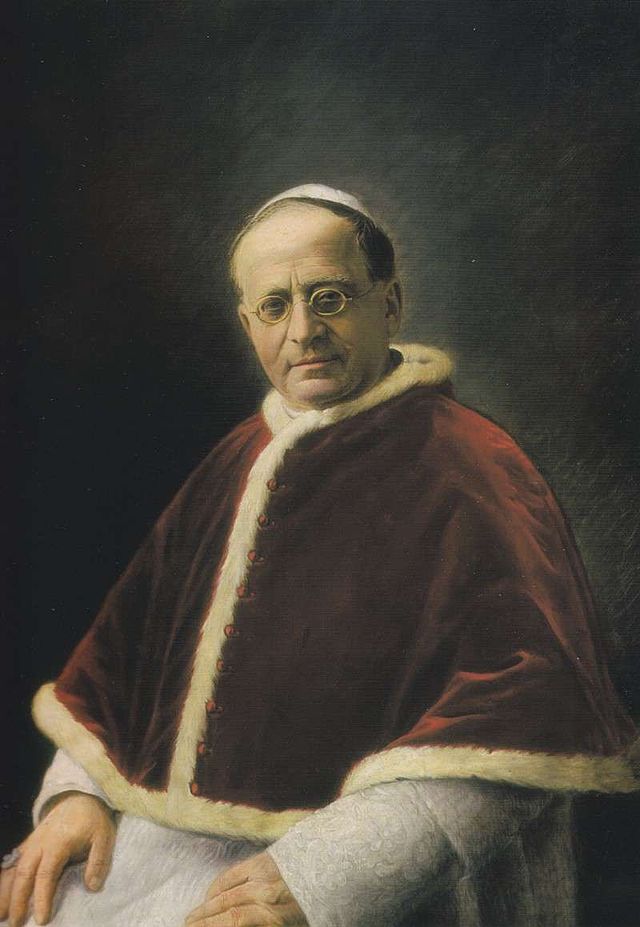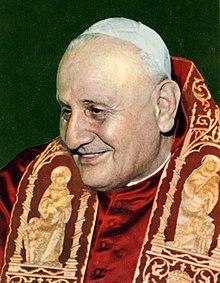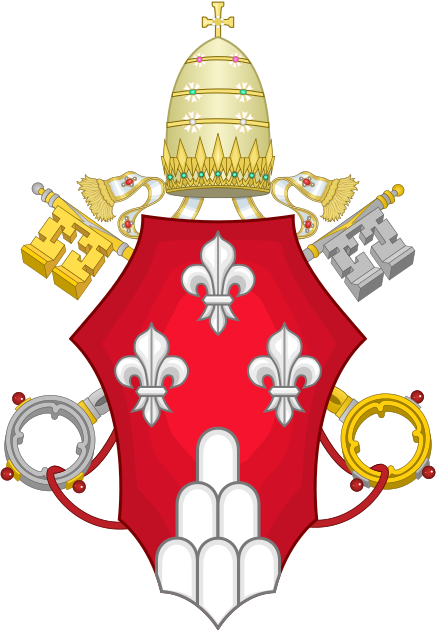Text is from The Saint Andrew Daily Missal,
unless otherwise stated.
Indulgenced Prayer of 300 days, each time.
When said on The Feast of The Sacred Heart,
to be Solemnly read with The Litany of The Sacred Heart
before The Blessed Sacrament exposed: Then, Seven Years
and Seven Quarantines, and a Plenary Indulgence, supposing
Confession and Communion.

English: Stained-Glass Window of The Sacred Heart,
Church of Saint Konrad and Vincent, Ravensburg, Germany.
Deutsch: Pfarrkirche St. Konrad und Vinzenz, Fronhofen,
Gemeinde Fronreute, Landkreis Ravensburg, Deutschland.
Photo: March 2008.
Source: Own work.
Author: AndreasPraefcke.
(Wikimedia Commons)
O Sweet Jesus, Whose overflowing Charity for men is requited by so much forgetfulness, negligence, and contempt, behold us prostrate before Thy Altar, eager to repair by a special act of homage the cruel indifference and injuries, to which Thy loving Heart is everywhere subject.
Mindful, alas !, that we ourselves have had a share in such great indignities, which we now deplore from the depths of our hearts, we humbly ask Thy pardon and declare our readiness to atone by voluntary expiation, not only for our own personal offences, but also for the sins of those, who, straying far from the path of Salvation, refuse in their obstinate infidelity to follow Thee, their Shepherd and Leader, or, renouncing the Vows of their Baptism, have cast off the sweet yoke of Thy law.
We are now resolved to expiate each and every deplorable outrage committed against Thee; we are determined to make amends for the manifold offenses against Christian modesty in unbecoming dress and behaviour, for all the foul seductions laid to ensnare the feet of the innocent, for the frequent violation of Sundays and holidays, and the shocking blasphemies uttered against Thee and Thy Saints.

We wish also to make amends for the insults to which Thy Vicar on Earth and Thy Priests are subjected, for the profanation, by conscious neglect or terrible acts of sacrilege, of the very Sacrament of Thy Divine Love; and, lastly, for the public crimes of nations, who resist the rights and the teaching authority of The Church which Thou hast founded.
Would, O Divine Jesus, we were able to wash away such abominations with our blood. We now offer, in reparation for these violations of Thy Divine Honour, the satisfaction Thou didst once make to Thy Eternal Father on The Cross, and which Thou dost continue to renew daily on our Altars; we offer it in union with The Acts of Atonement of Thy Virgin Mother and All The Saints and of the pious Faithful on Earth; and we sincerely promise to make reparation, as far as we can with the help of Thy Grace, for all neglect of Thy great love and for the sins we and others have committed in the past.

Henceforth, we will live a life of unwavering Faith, of purity of conduct, of perfect observance of the precepts of the Gospel and, especially, that of Charity. We promise, to the best of our power, to prevent others from offending Thee and to bring as many as possible to follow Thee.
O Loving Jesus, through the intercession of The Blessed Virgin Mary, our model in reparation, deign to receive the voluntary offering we make of this Act of Expiation; and, by the crowning gift of perseverance, keep us faithful unto death in our duty and the allegiance we owe to Thee, so that we may all one day come to that happy home, where Thou, with The Father and The Holy Ghost, livest and reignest, God, World without end.
Amen.

was the first Church in the World
Dedicated to The Sacred Heart of Jesus.
English: The Estrela Basilica was built by order of Queen Maria I of Portugal,
as a fulfilled promise for giving birth to a son (José, Prince of Brazil).
Français: La basilique Estrela (en portugais: Basilica da Estrela) est une basilique de Lisbonne, au Portugal. Elle fut construite sous les ordres de la reine Maria I du Portugal, pour remplir la promesse de donner naissance à un fils (José, prinde du Brésil).
Photo: 10 March 2013.
Source: Own work.
Author:
(Wikimedia Commons)

Sacred Heart of Jesus.
Originally uploaded to en.wikipedia by
en:User: Frater5 on 2 June 2007,
revised by AnonMoos on
3 June 2007.
(Wikimedia Commons)
Litany of The Sacred Heart
(English).
Available on YouTube at
Litany of The Sacred Heart of Jesus
(Latin).
(Litaniae de Sacro Corde Jesu).
Available on YouTube at
Litany of The Sacred Heart of Jesus
(300 days' Indulgence, once a day.
Pope Leo XIII.)
Lord, have mercy on us,
Lord, have mercy on us.
Lord, have mercy on us.
Christ, have mercy on us,
Christ, have mercy on us.
Christ, have mercy on us.
Lord, have mercy on us.
Lord, have mercy on us.
Lord, have mercy on us.
Christ, hear us.
Christ, graciously hear us.

God The Father of Heaven,
have mercy on us.
God The Son, Redeemer of the World,
have mercy on us.
God The Holy Ghost,
have mercy on us.
Holy Trinity, One God,
have mercy on us.

Heart of Jesus, Son of The Eternal Father,
have mercy on us.
Heart of Jesus, formed in The Womb of The Virgin Mother by The Holy Ghost,
have mercy on us.
Heart of Jesus, united hypostatically to The Eternal Word,
have mercy on us.
Heart of Jesus, of Infinite Majesty,
have mercy on us.
Heart of Jesus, Holy Temple of God,
have mercy on us.

Heart of Jesus, Tabernacle of The Most High,
have mercy on us.
Heart of Jesus, House of God and Gate of Heaven,
have mercy on us.
Heart of Jesus, Burning Furnace of Charity,
have mercy on us.
Heart of Jesus, Vessel of Justice and Love,
have mercy on us.
Heart of Jesus, Full of Goodness and Love,
have mercy on us.

Heart of Jesus, Abyss of all Virtues,
have mercy on us.
Heart of Jesus, Worthy of All Praise,
have mercy on us.
Heart of Jesus, King and Centre of All Hearts,
have mercy on us.
Heart of Jesus, in Which are All The Treasures of Wisdom and Knowledge,
have mercy on us.
Heart of Jesus, in Which dwelleth All The Fullness of The Divinity,
have mercy on us.

Heart of Jesus, in Which The Father is Well Pleased,
have mercy on us.
Heart of Jesus, of Whose Fullness we have all Received,
have mercy on us.
Heart of Jesus, Desire of Eternal Hills,
have mercy on us.
Heart of Jesus, Patient and Abounding in Mercy,
have mercy on us.
Heart of Jesus, Rich unto all that Call upon Thee,
have mercy on us.

Heart of Jesus, Fount of Life and Holiness,
have mercy on us.
Heart of Jesus, Propitiation for our Offenses,
have mercy on us.
Heart of Jesus, Overwhelmed with Reproaches,
have mercy on us.
Heart of Jesus, Bruised for our Iniquities,
have mercy on us.
Heart of Jesus, Obedient even unto Death,
have mercy on us.

Heart of Jesus, Pierced with a Lance,
have mercy on us.
Heart of Jesus, Source of all Consolation,
have mercy on us.
Heart of Jesus, Our Life and Resurrection,
have mercy on us.
Heart of Jesus, Our Peace and Reconciliation,
have mercy on us.
Heart of Jesus, Victim for Our Sins,
have mercy on us.

Heart of Jesus, salvation of those who hope in Thee,
have mercy on us.
Heart of Jesus, hope of those who die in Thee,
have mercy on us.
Heart of Jesus, delight of all saints,
have mercy on us.

Lamb of God, Who Takest Away The Sins of The World,
spare us, O Lord.
Lamb of God, Who Takest Away The Sins of The World,
graciously Hear Us, O Lord.
Lamb of God, Who Takest Away The Sins of The World,
have mercy on us.

Jesus, Meek and Humble of Heart,
make our hearts like unto Thine.

Let us Pray.
Almighty and Eternal God, consider The Heart of Thy Well-Beloved Son and the Praises and Satisfaction He offers Thee in the name of sinners; appeased by worthy homage, pardon those who implore Thy mercy, in the name of the same Jesus Christ Thy Son, Who lives and reigns with Thee, World Without End.
Amen.











